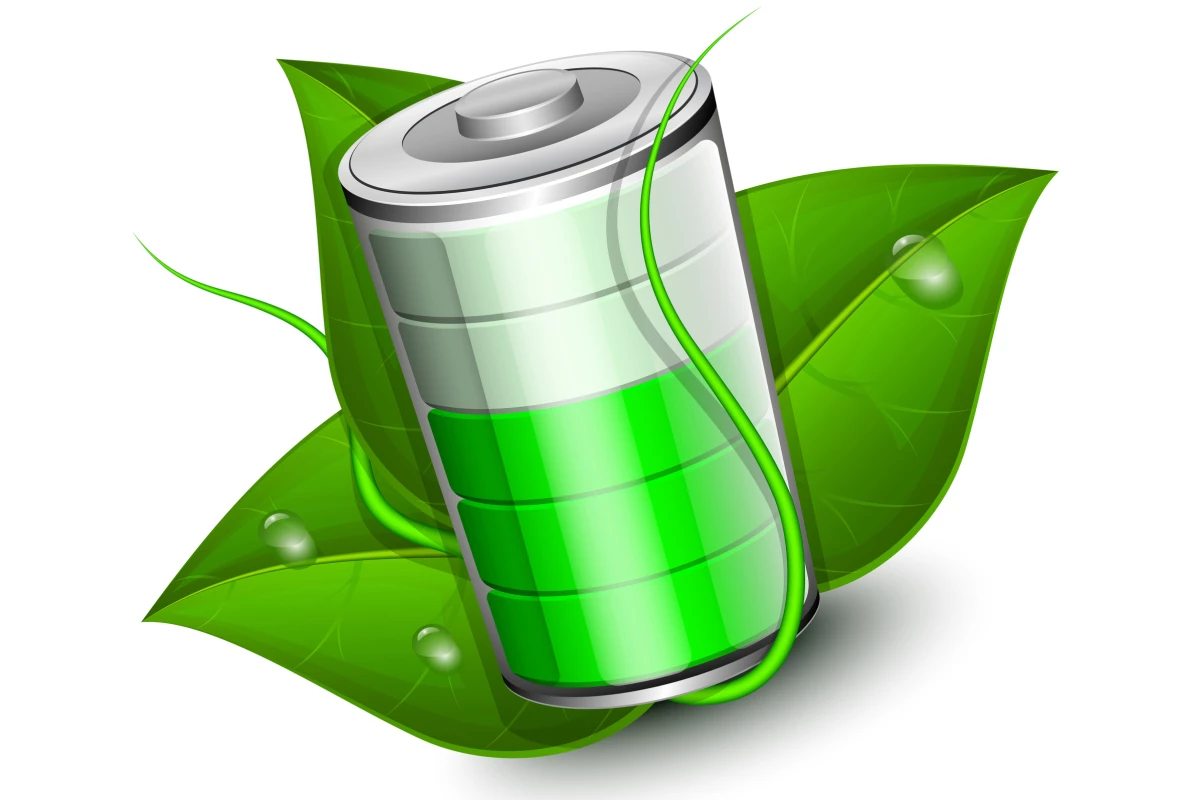The search for advanced materials that can take battery technology to the next level has led scientists to some imaginative places, including designs inspired by the human spine and others that fashion key components into nanochain structures. Another example concerns an element we’re producing too much of in carbon dioxide, which scientists have now worked into a high-potential battery with the ability to recharge 500 times.
Promising more than seven times the energy density of today’s typical lithium-ion designs, there is considerable interest in the development of lithium-carbon dioxide batteries. And research has turned up some promising results in the past, with a breakthrough we looked at last year from MIT one recent example.
That team of mechanical engineers pioneered a new type of electrochemical reaction that increased the discharge voltage and actually converted the carbon dioxide into a solid carbonate material as a result. The researchers noted one shortcoming of the battery design, however, in an ability to only run for around 10 cycles before failure.
A team at the University of Illinois at Chicago (UIC) now claims to have developed the first lithium-carbon dioxide battery capable of full rechargeability. The technical problem the researchers have overcome centers on the tendency of these batteries to quickly fail due to the buildup of carbon on the catalyst during charging, which has plagued similar efforts so far.
“The accumulation of carbon not only blocks the active sites of the catalyst and prevents carbon dioxide diffusion, but also triggers electrolyte decomposition in a charged state,” said Alireza Ahmadiparidari, first author of the paper and a UIC College of Engineering graduate student.
A way around this, the researchers have found, is to introduce new materials that shore up the battery's ability to recycle the materials, over and over. This meant integrating nanoflakes of molybdenum disulfide into the cathode catalyst, and using a new type of hybrid electrolyte made of ionic liquid and dimethyl sulfoxide.
This combination, the researchers say, leads the battery to output a composite made up of multiple components rather than individual products, which sees the carbon naturally incorporated into the recycling process rather than form a troublesome buildup on the battery’s catalyst on its own. So much so, they were able to recharge their prototype battery across 500 consecutive cycles.
“Our unique combination of materials helps make the first carbon-neutral lithium carbon dioxide battery with much more efficiency and long-lasting cycle life, which will enable it to be used in advanced energy storage systems,” says associate professor of mechanical and industrial engineering, Salehi-Khojin.
This research is a long way from commercial production, and even further away from putting a dent in the carbon dioxide that is continuing to build up in the atmosphere. It does, however, provide yet another proof-of-concept energy storage device for a next generation battery, along with yet another possible way we might one day be able to channel carbon dioxide into something more useful.
The research was published in the journal Advanced Materials.




